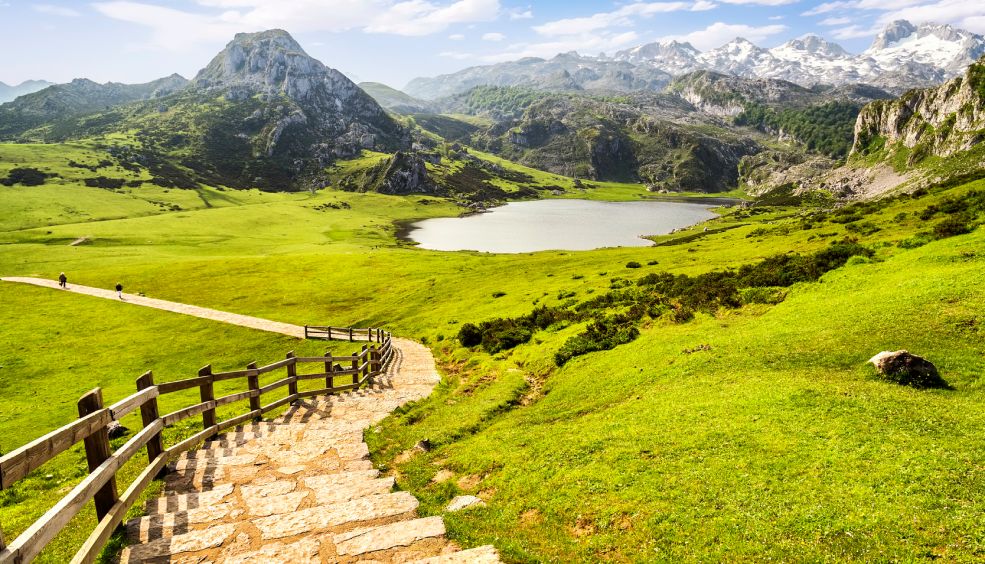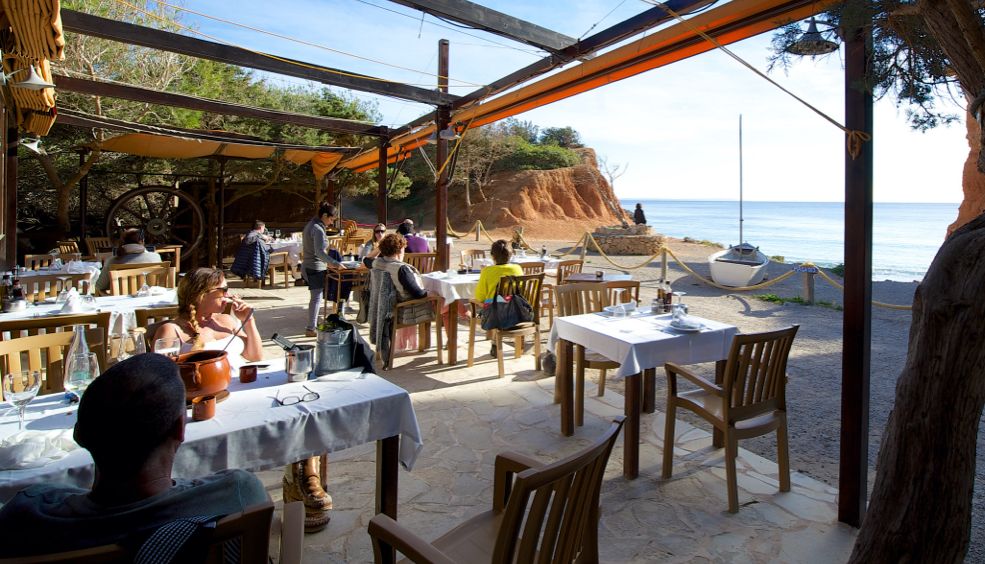6 ways to get off the beaten track on your next visit to Bilbao
After two decades of ripping up the urban rulebook, Bilbao continues to fast forward into the future with new projects like the colossal Zorrotzaurre island development. The city retains its traditional character, however, in the Old Town and its famous pintxo routes (the Basque spin on tapas). Check out our list of the 6 most offbeat things to do on your next visit to Bilbao.
more infoAsturias at Easter: discover the best things to do!
Festivals, processions, gastronomy, nature, cities, art and culture... You'll find all this and much more at Easter in Asturias!
more infoTHE BALEARICS, AN IDEAL DESTINATION FOR GASTRONOMY TOURISM
With an enormous quantity of products and dishes, plus lots of differents markets and fairs, the Balearics are a perfect destination for lovers of gastronomy tourism, and not just in summer.
more info5 recommendations for day trips close to Barcelona
Looking for things to do around Barcelona? If you’re planning a visit to the Catalan capital and want to get off the beaten track, we’ve put together 5 getaways for you. Discover hidden spots just half an hour from the city: unspoiled beaches, hot spring resorts, a Gaudí creation far from the teeming crowds of the Sagrada Familia, and the monastery where Columbus was greeted by the Catholic Monarchs following the conquest of America.
more info




